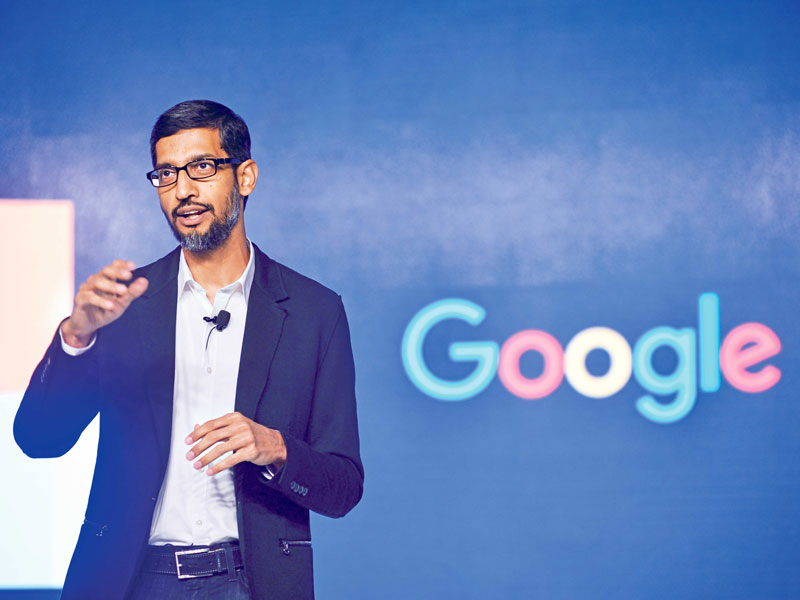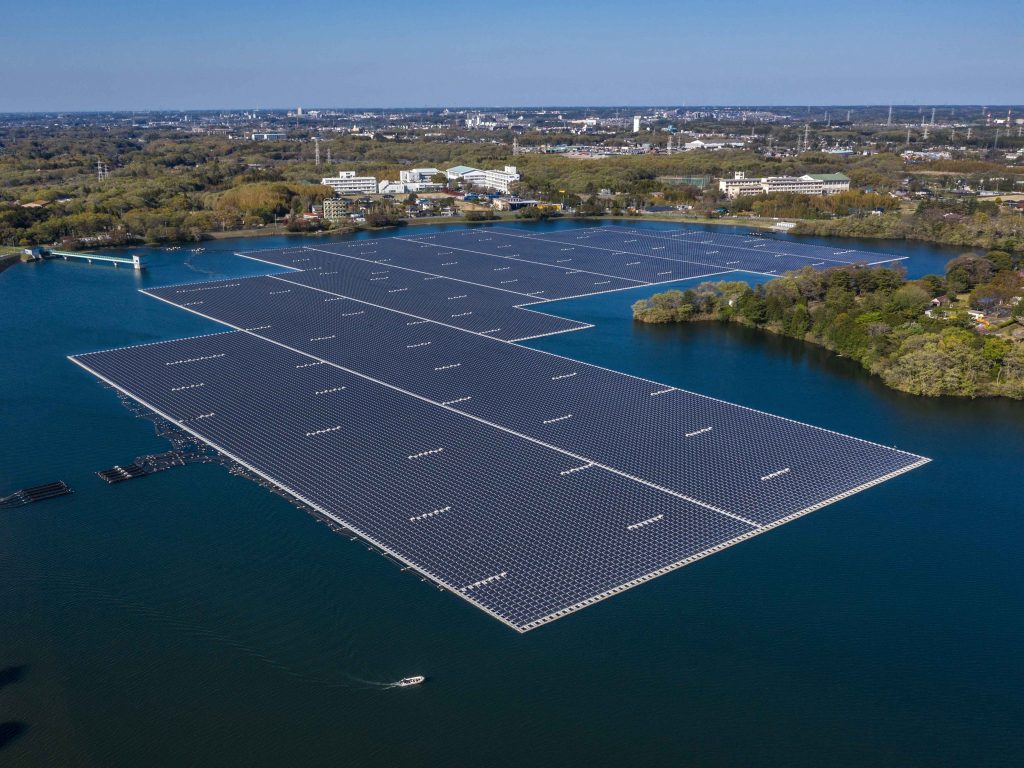Buildings with bigger brains
Jim Sinopoli of Smart Buildings writes about how energy challenges are spurring building designers to new levels of creativity
Jim Sinopoli of Smart Buildings writes about how energy challenges are spurring building designers to new levels of creativity
The developed world is in the first phase of a major transformation as to how buildings are designed, constructed and operated. The reason for the change is obvious; energy and sustainability concerns have finally pushed design professionals, engineers, architects and building owners to make creative leaps in building design. The repeated, reused and legacy designs – the business realm of some designers – are history. While energy concerns may be the impetus for the transformation, technology is its primary enabler. The technical advances in building materials, use of three-dimensional modelling and design and new power generation systems at building sites are notable. However, the innovations and evolutions in building systems are especially impressive given that it is these systems that will provide the tools to properly manage building performance. Not only are these systems managing and monitoring energy usage, they also have a significant role in how the building is operated and the level of satisfaction of the occupants’ experience in the building. Given that about 75 percent of the lifecycle cost of a building is in the operations phase these systems not only affect energy use but also ongoing operational costs and ultimately the value of the building.
Transformative periods in the building industry have occurred several times in the twentieth century with the introduction of mechanisms and devices such as plumbing, construction cranes and elevators. Thirty years ago, just prior to the mass introduction of personal computers for businesses, the amount of technology in a building was meager. It consisted of the local regulated public telecommunications utility installing services in a building, a mechanical contractor installing a pneumatic control system for the heating, cooling and ventilation system, a fire alarm system and maybe a dedicated word processing system. While we’ve come a long way since those days, we’re still in a very early stage of fully deploying and integrating sophisticated building technology systems.
In due course, buildings will become full of technology: walls and ceilings will be embedded with sensors; every aspect of a building’s performance and use will be metered and measured; software tools will be used to automatically optimise building systems without human intervention; real-time information on the building will be provided to occupants and building management relevant to their particular needs; buildings will be fully interactive with the power grid; cars will be efficiently parked via conveyers and geo-spatial location systems will be deployed for every building asset. One of the effects of energy concerns is manifested by new and existing buildings installing more sensors and meters, thus taking more measurements of the building and other attributes, such as weather and sunlight, thus affecting the buildings performance. We now have building systems and devices to sense occupancy, sunlight, weather, motion, CO2, temperature, water flow, power consumption, humidity, air flow, signals from the utility grid, door openings and closings, window breakage, location of the sun, etc. Given the increase in data, more software analytical tools have entered the marketplace to assist building managers in sorting through and analysing the granular data in order to transform it into actionable information.
The integration of building technology systems does bring several benefits, most importantly, enhancing system functionality that can’t be attained with separate systems. For example, an access control system or video surveillance system can provide data on building occupancy which can be used by the energy consuming systems (HVAC, lighting and electrical plug load) to properly align energy consumption to the actual building occupancy, thereby avoiding over ventilation or unnecessary lighting. In addition, integration allows for more efficient management of data shared between systems. The whole idea of integrated automation was legitimised and given credence with the release of the most recent MasterFormat (the guidelines for building construction specifications) and the creation of a specific “Division” for integrated automation. Integrating building systems is technically done at the physical, logical and application level of the networks. Integration also means that not only are systems integrated “horizontally” to interact with each other, but relevant data and information is shared “vertically” within an organisation; for example, energy information generated from data in the buildings systems is provided to facilities management, the procurement department, C-level executives, tenants, etc. While the integration of building systems is not the “Plug-and Play” of a personal computer, it is facilitated by the use of structured cable plant, open standard network protocols and standardised databases.
The move to smart buildings is accelerated by general energy concerns and specifically by the initiatives around the “Smart Grid”. Intuitively we know that a smart electric grid without smart buildings would be a greatly diminished deployment and a very expensive lost opportunity. Buildings will need two-way communication with the grid and be able to automatically react to signals from the grid. This is the case with demand responses schemes, integration of demand-side energy and resources, and timely information and control options for occupants and consumers. The nirvana of energy consumption is net-zero buildings (somewhat open to definition though). These low-energy-consuming buildings generally have on-site power generation and are operated with automation software and granular sensors that adjust to every change and movement within the building. Some prominent organisations have projected that net-zero buildings will be the building standard 15 to 20 years out; that timeframe is understandable given the difficulties of designing and constructing a net-zero building. However, they may have underestimated the global reach of the transformation, the rapid pace of technological evolution and the vast numbers of innovative intellects collaborating around the planet.
Sophisticated integrated building systems are on the right side of building cost, energy conservation and technology. If there are any concerns it is on the people side. The skill sets and knowledge base to design, construct and most importantly, operate buildings is rapidly changing. There’s no doubt that the challenges in building management have intensified over the last several years. Aside from the overall financial condition, there are tremendous pressures to address energy consumption, deploy technological solutions and work out internal organisational challenges. Moreover, the number of new systems and applications that need to be managed have grown rapidly. These include such systems as electrical switchable glass, exterior shading systems, demand response planning, sun tracking systems and personal rapid transit systems; systems that only a few years ago either did not exist or were marginalised to a few specialties. However, these are challenges that can be addressed with education and training, they are inherent in any such transformation and will present tremendous new opportunities. Buildings will become smarter. If the ancient Egyptians achieved engineering excellence constructing some of the world’s most iconic structures with primitive methods, our technology-laden world certainly has the means and motivation to dramatically transform the spaces where we live and work.













